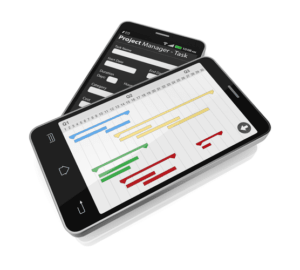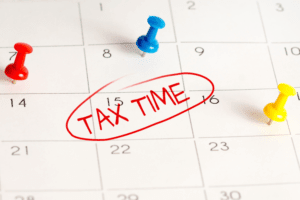
Then you apply these percentages to the current sales figures to create a financial forecast, which includes the income and spending accounts. Income accounts and balance sheet items, like accounts receivable (AR) and cost of goods sold (COGS), are analyzed to determine the percentage they contribute to total sales. For the percentage-of-sales method to yield accurate forecasts, it is best to apply it only to selected expenses and balance sheet items that have a proven record of closely correlating with sales. Outside of these items, it is better to develop a detailed, https://www.bookstime.com/ line-by-line forecast that incorporates other factors than just the sales level. This more selective approach tends to yield budgets that more closely predict actual results.
- The percentage-of-net-sales method determines the amount of uncollectible accounts expense by analyzing the relationship between net credit sales and the prior year’s uncollectible accounts expense.
- The articles and research support materials available on this site are educational and are not intended to be investment or tax advice.
- Quickly surface insights, drive strategic decisions, and help the business stay on track.
- Current-dollar estimates are valued in the prices of the period when the transactions occurred—that is, at “market value.” Also referred to as “nominal estimates” or as “current-price estimates.”
- Let’s look at a practical example to help you understand how to apply the percentage of sales method.
Changes in operational structures make historical data less accurate for forecasting

With changing budgets and different needs every month, it’s important to know where your money is going and how it affects future earnings. This number may seem small, but it’s crucial when you remember that she’s hoping for an increase of sales next month of $1,978. With a BDE of $1,100, she might be looking at merely an extra $878, which significantly impacts any new purchases she might be looking to make. He would then apply those percentages to $400,000, rather than the $250,000 from this year. Here are some of the reasons the percentage-of-sales method might not be for you.
Determine revenue for time period you’ve selected
While it offers a good starting point, it’s essential to use this method alongside other forecasting techniques. Let us look at his percentage of sales method calculation example to understand the concept better. Credit sales carry a great deal of risk despite their convenience, including processing fees.

The credit sales method

The percentage of sales method allows you to forecast financial changes based on previous sales and spending accounts. Companies with credit sales will want to keep tabs on their accounts receivable to ensure bad or aged debt isn’t building up. This method just focuses on accounts receivable and can complement the percentage-of-sales calculations. So it’s not a perfect metric, but for those businesses that use it, the percentage-of-sales method can be a useful predictor of future sales revenue. The percent of sales method is one of the quickest ways to develop a financial forecast for your business — specifically for items closely correlated with sales. If your business needs a very rough picture of its financial future immediately, the percent of sales method is probably one of your better bets.

Improve the percentage-of-sales forecasting with accounts receivable to sales ratio
For example, if your supplier gives you a raw materials discount above a certain quantity, that will throw the correlation off when you hit the trigger level. There are several advantages to using the percentage-of-sales method. First, it is a quick and easy way to develop a forecast within a short period of time. And second, it can yield high-quality forecasts for those items the percentage of sales method that closely correlate with sales.
The 12 Best Sales Forecasting Software in 2022
Accruing tax liabilities https://www.facebook.com/BooksTimeInc/ in accounting involves recognizing and recording taxes that a company owes but has not yet paid. This is important for accurate financial reporting and compliance with… It also allows for more accurate financial reporting and tax compliance.
- This method helps businesses estimate future expenses, profits, and cash flows based on their projected sales.
- By using historical data to establish consistent percentages, companies can create realistic and manageable financial plans.
- It looks at the financial statements to find the expenses and assets that can predict future financial performance, relying on accurate historical data to make the future forecasted sales work.
- The gross domestic purchases price index measures the prices of final goods and services purchased by U.S. residents.
- This allows for a more precise understanding of what money may be lost.
- When an item is sold, it is given a cost equal to its assigned percentage multiplied by the total net sales for that period.
- Sales may directly influence specific accounts on financial statements.
The revision primarily reflected an upward revision to compensation (led by private wages and salaries) (table 8). This reflected an increase of 2.1 percent for private goods-producing industries, an increase of 1.7 percent for private services-producing industries, and an increase of 2.2 percent for government (table 16). Overall, 18 of 22 industry groups contributed to the increase in real gross output.

Moreover, the technique can offer high-quality estimates for items that closely correlate with sales. Businesses utilize the results of this technique to make necessary adjustments for the future depending on the financial outlook. That said, one must note that businesses cannot predict fixed using this tool. Profits for domestic industries reflect profits for all corporations located within the geographic borders of the United States. The rest-of-the-world (ROW) component of profits is measured as the difference between profits received from ROW and profits paid to ROW. Under Percent of Sales method, we increase the account by the percent of sales each month for that month’s credit sales.
